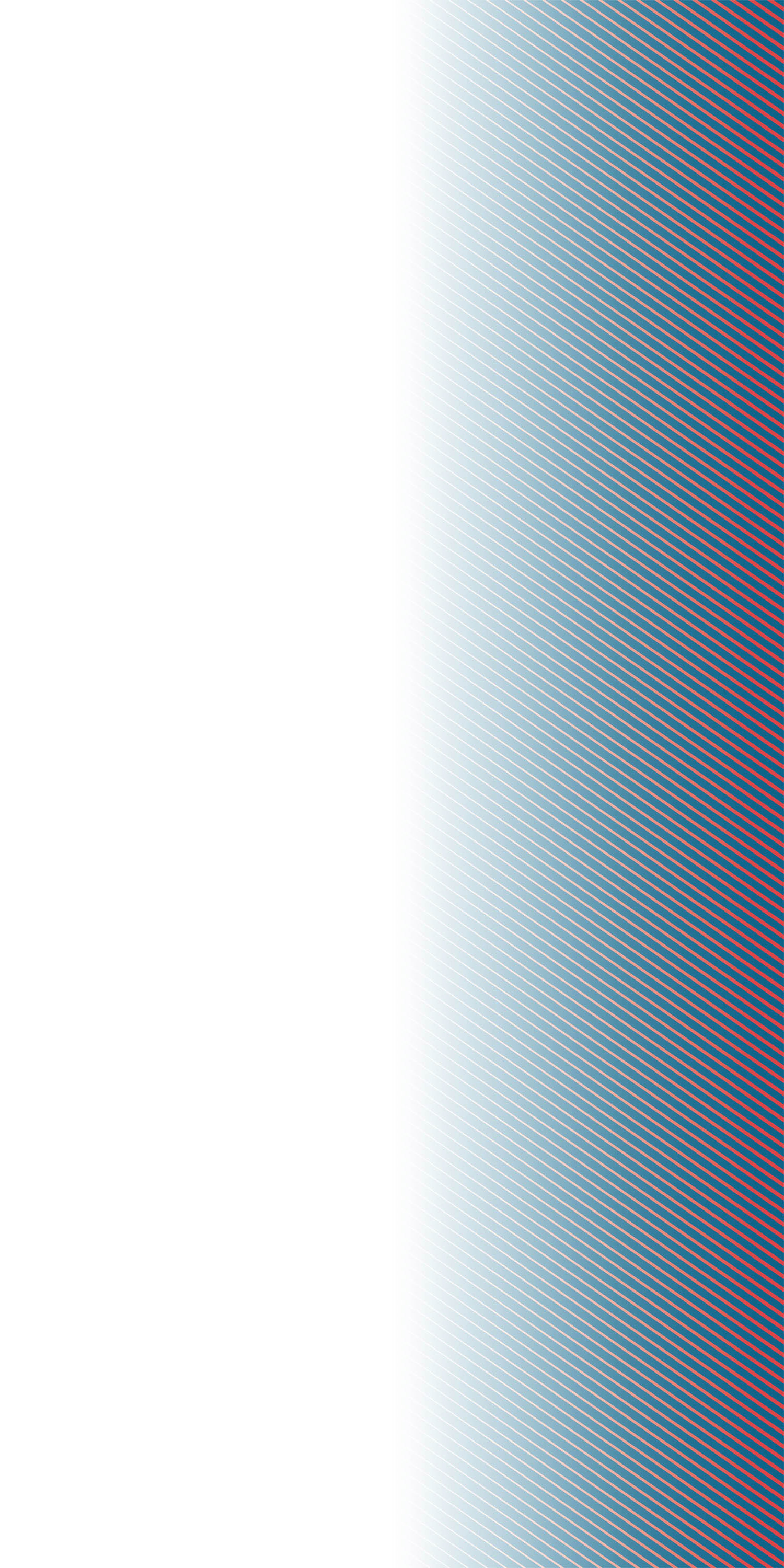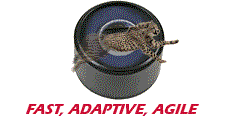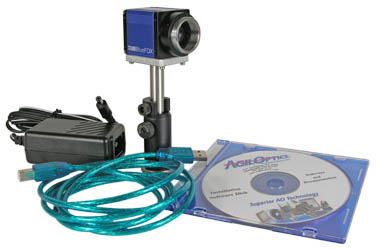Key Features:
- Reasonable Speed on Your PC or Laptop
- Easy to Integrate with Your C++ Codes
- Powerful, Configurable GUI Windows
- Does Zernike Analyses in Near Real Time
- Signals Carried Over USB
- Powered by USB
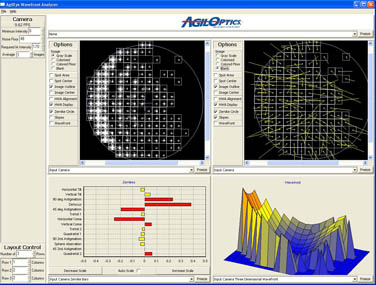
The AgilEye Graphical User Interface is well-thought-out and easy to use
- Low Cost (< $6000)
- Hartmann or Shack-Hartmann Sensors available (same cost)
- Bandwidth 400-700nm (Useable to over 1000nm)
- Optimum Beam input size is ~2.7mm by 2.7 mm
- Multiple Sensors and User's Optional Far-Field Cameras
- User Friendly GUI
- All data windows are printable and freezable
- User can select custom GUI window layouts
- Uses Acosta Algorithms to do Zernike analyses (up to order 50)
- Real Time Measurement and Display
- > 15 Frames per second (typical, some variance depending on display
options selected)
- User Configurable Data Output and Logging
- Continuous, Time Interval (every n frames), User Action (push button)
- Slopes at Every Integration area (Comma separated values format)
- Zernikes (Comma separated values format)
- Establishes and Updates Shared Files for External Program Access and
Ingestion (i.e., drive your own hardware)
- Flexible GUI Displays are user selectable:
- Raw Image (from CCD camera)
- Spot Centers
- Spot RMS Size
- Integration Areas Outlines
- Integration Areas Slopes
- Zernike Circle
- All of the above are user-selectable inside up to 12 display windows in the GUI
- Each GUI window is:
- Scrollable
- Resizable
- Printable
- Freezable
Wavefront Sensor Specifications
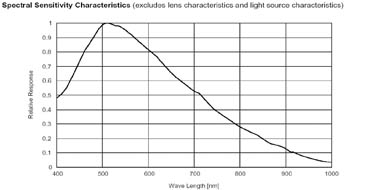
Hartmann Sensor Specifications
- Uses 120 µm pinholes
- 20 x 20 integration Areas
- 134.4 µm integration area spacing
- "Focal Length" ~6.0 mm at 633 nm
Shack-Hartmann Sensor Specifications
- Uses 5.7 mm focal length fused silica Lenslet Array
- 30 x 30 integration areas
- 110 µm integration area spacing
Data Output Mode and Interfaces
Log Files are written in shared mode so that a user may open the files in Read Only Mode on the same master computer and access the data in pseudo real time. A sample C++ program is included. The typical user would read the Zernike files from storage and use them to drive external hardware such as a deformable mirror to close an adaptive optics loop. Data is available to user <3msec after each frame.
AgilEye™ Manual


